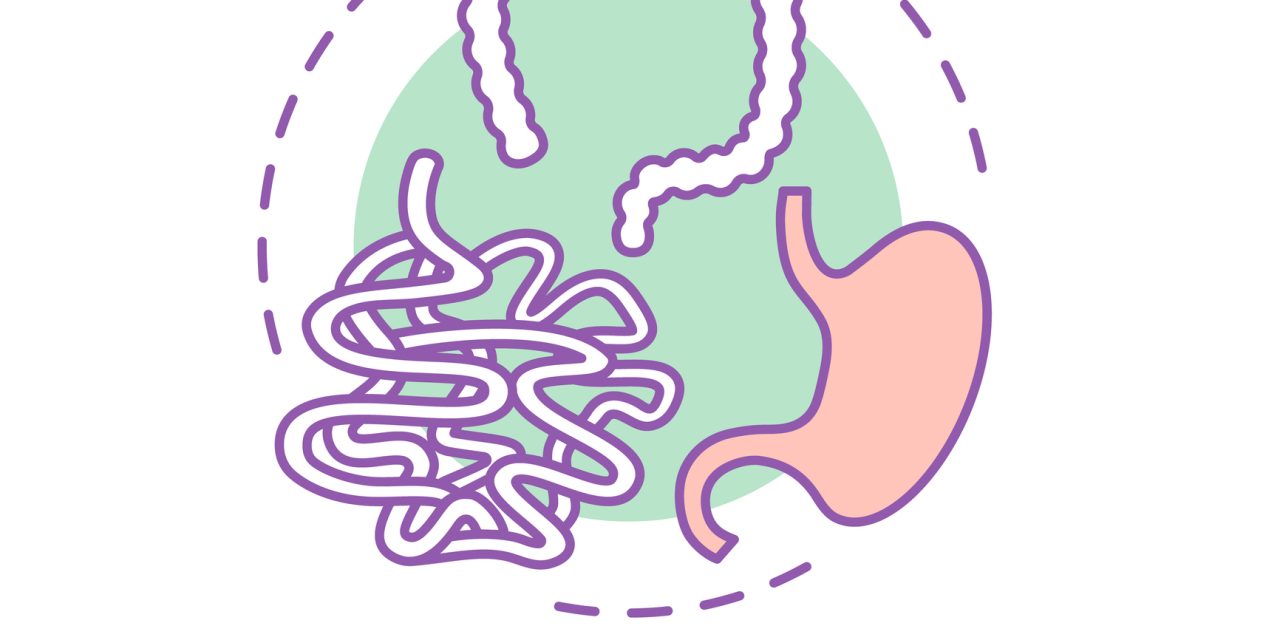Infection with the chronic hepatitis B virus is a major cause of illness and death. The study’s goal is to characterise the hepatic histology in children residing in the United States and Canada who are chronically infected with the hepatitis B virus. Liver biopsies from 134 children with chronic hepatitis B virus infection were evaluated for inflammation, fibrosis, and other histological characteristics, and the results were linked with clinical and laboratory data. Sixty percent of the individuals contracted the infection vertically, 51 percent were male, and 69 percent tested positive for hepatitis B e antigen at the time of the biopsy. Serum alanine aminotransferase and hepatitis B DNA levels were also elevated. Using the Ishak-modified histological activity index grading method, interface hepatitis was classified as mild in 31% of cases, moderate in 61%, and severe in 6%. Lobular inflammation was mild in 54% of cases, moderate in 29%, and severe in 7%. Portal inflammation was mild in 38% of the patients and severe in 62%. There was no fibrosis in 18 people, 59 percent had portal enlargement without bridging fibrosis, 19 percent had bridging fibrosis, and 4 percent had cirrhosis. Alanine aminotransferase was shown to be associated with inflammation and fibrosis. There was no correlation between fibrosis and age, length of illness, or Hepatitis B viral DNA levels. The Fibrosis-4 score linked with inflammation rather than fibrosis.
During infancy, chronic hepatitis B virus infection causes substantial inflammation and fibrosis. Serum alanine aminotransferase levels are an excellent predictor of the degree and extent of hepatic inflammation and fibrosis.


